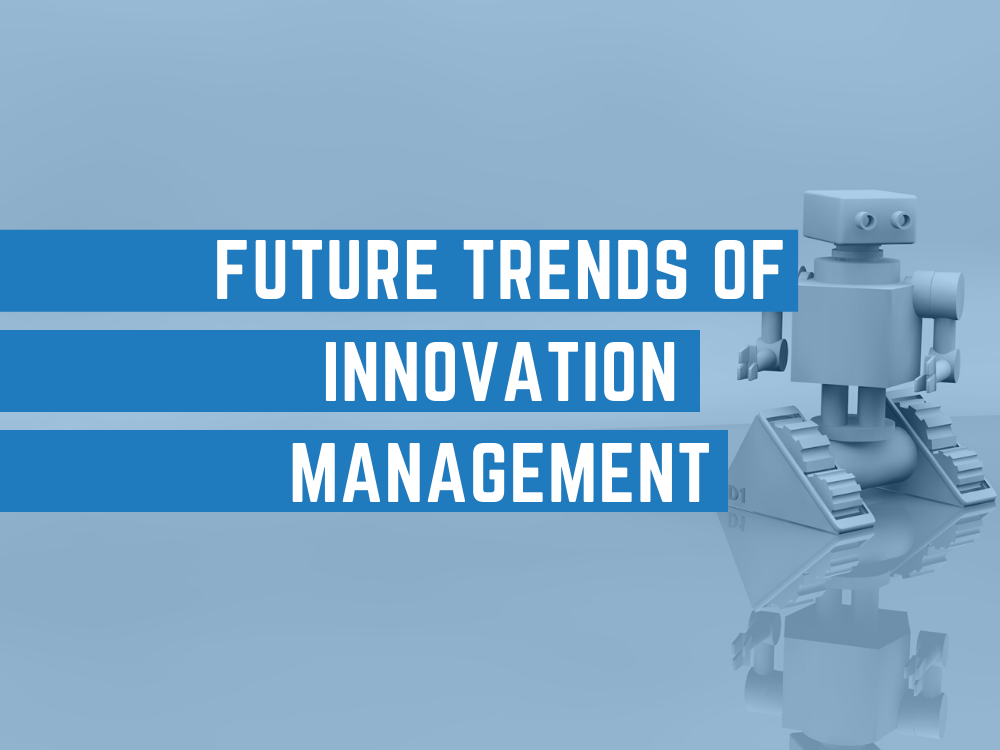Booms in technology have been on the horizon for a while, and now 2020 is here to deliver. Digital transformation trends projected for this year include the launch of 5G and greater blockchain uses amongst other things. These advancements will have an impact on innovation management across many industries. As new technology generates different and improved ways to innovate, the goal of every business should be to foster a culture of continuous innovation this year. Of course growth does not come without challenges, and there are some key mistakes to avoid on your innovation journey.
Innovation Trends on the Rise
This year predicts quantum innovation to be of great value, which means creative and bold thinking that may go beyond existing business models. These game-changing and revolutionary ideas will mean a greater effort to stay ahead of the curve will be necessary; as such, innovation management platforms will play an integral role in your organization’s growth and success.. Here are more innovation trends to expect in 2020.
- Increased traceability – As technology grows, there is also an increasing distrust in technology. People are demanding full transparency behind algorithms at work and the ownership of ideas. This creates a growing need for a system of record for innovation that can improve your ability to give credit where it is due.
- Cloud capabilities – With Cloud capabilities growing in 2020, there will be a shift toward Cloud collaboration as well. Open innovation software will be an important aspect of your innovation management to get the most out of collaboration
- Leadership support – Celebrating failure as an opportunity to learn has been popular in driving innovation. This year the trend is moving away from celebrated failure to a rising emphasis on expanded leadership support and resources. Providing your team with the tools for success should be an important aspect of your innovation
Innovation Challenges to Avoid
Not all innovation is equal. As we previously stated, fostering continuous innovation is a key trend in the future of innovation management; however, rushing through innovation initiatives will most likely result in failure. Here are some common challenges to avoid.
- Innovation initiatives without strategy – If you are unsure or hesitant to bring new innovation initiatives into your company, you might opt for a low commitment and low cost plan without a clear strategy. Sporadically introducing innovation campaigns or activities can potentially result in wasting time and resources. You might find that funding disappears for these initiatives or that others in the organization lose interest. Regardless of the scale of your innovation initiative, it is important to fully commit and define a clear strategy that aligns with company goals.
- Not taking time to research – There are many important ways to approach building a profitable and sustainable innovation strategy, but the most important step in every process is researching customer needs. The consumer’s desires and problems should be the basis of your innovation Agile processes are not a quick fix that can help your business avoid the initial research step. Once research has been done, agile can help innovation continue to flourish.
- Not putting knowledge into action – Innovation Roundtable findings reported by Professor Gerald Kane in 2018 revealed that 87% of organizations are aware of digital disruption affecting them, but only 44% of those businesses felt prepared to successfully deal with it. The future of work means preparing for disruption before it happens. Likewise, how you handle innovation management will keep these preparations in check.
Innovation should not be left to chance or just squeezed into your processes where there is room. The future of innovation management requires you to take advantage of new technology and develop a strategy in line with company goals. Being able to manage all of your activities in a single system of record for innovation will help your business organize a strategy and put initiatives into action.
Sources:
- https://www.forbes.com/sites/robertbtucker/2019/10/01/seven-trends-driving-the-future-of-innovation/#a14633b67389
- https://www.boardofinnovation.com/blog/7-challenges-innovation-managers-face-in-2020/
- https://www.business2community.com/brandviews/qmarkets/5-corporate-innovation-trends-of-2019-set-to-disrupt-the-business-landscape-in-2020-02244538
- https://www.informationweek.com/strategic-cio/executive-insights-and-innovation/10-strategic-technology-trends-for-2020/d/d-id/1336239?page_number=1

